Vojtech Molek
Fractional Concepts in Neural Networks: Enhancing Activation and Loss Functions
Oct 18, 2023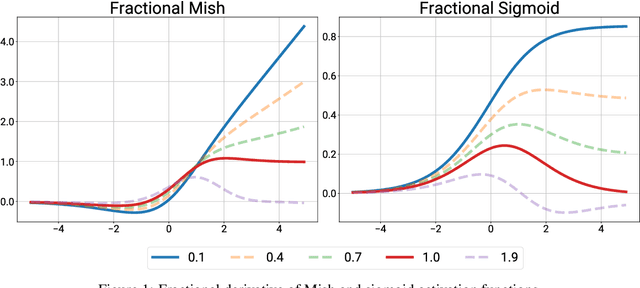
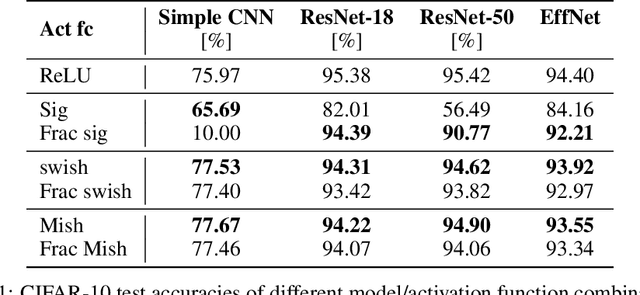
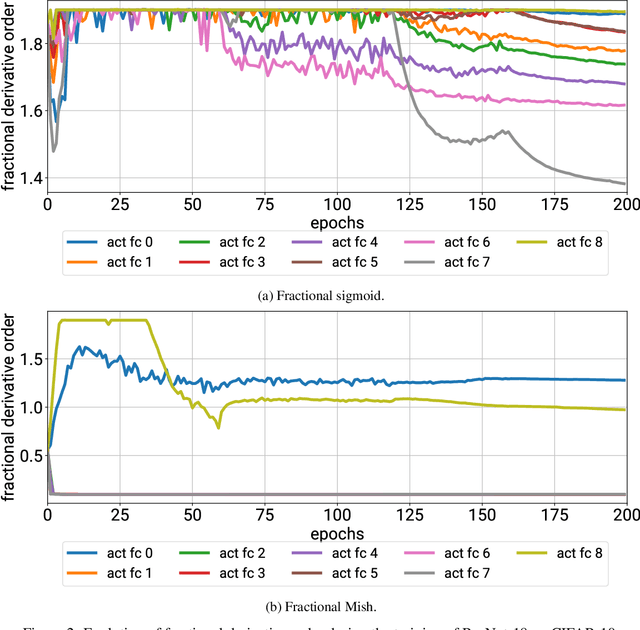
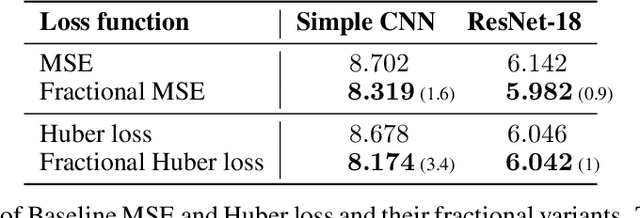
Abstract:The paper presents a method for using fractional concepts in a neural network to modify the activation and loss functions. The methodology allows the neural network to define and optimize its activation functions by determining the fractional derivative order of the training process as an additional hyperparameter. This will enable neurons in the network to adjust their activation functions to match input data better and reduce output errors, potentially improving the network's overall performance.
Unproportional mosaicing
Mar 06, 2023Abstract:Data shift is a gap between data distribution used for training and data distribution encountered in the real-world. Data augmentations help narrow the gap by generating new data samples, increasing data variability, and data space coverage. We present a new data augmentation: Unproportional mosaicing (Unprop). Our augmentation randomly splits an image into various-sized blocks and swaps its content (pixels) while maintaining block sizes. Our method achieves a lower error rate when combined with other state-of-the-art augmentations.
Poly-YOLO: higher speed, more precise detection and instance segmentation for YOLOv3
May 29, 2020
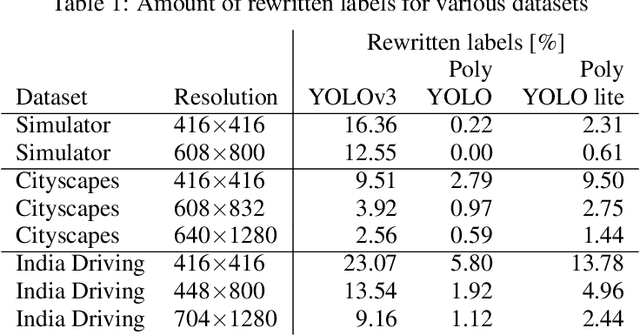

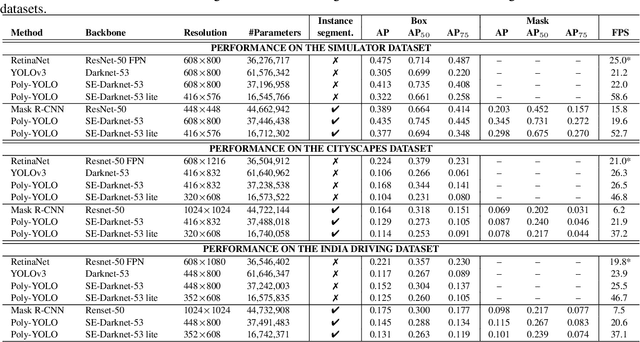
Abstract:We present a new version of YOLO with better performance and extended with instance segmentation called Poly-YOLO. Poly-YOLO builds on the original ideas of YOLOv3 and removes two of its weaknesses: a large amount of rewritten labels and inefficient distribution of anchors. Poly-YOLO reduces the issues by aggregating features from a light SE-Darknet-53 backbone with a hypercolumn technique, using stairstep upsampling, and produces a single scale output with high resolution. In comparison with YOLOv3, Poly-YOLO has only 60% of its trainable parameters but improves mAP by a relative 40%. We also present Poly-YOLO lite with fewer parameters and a lower output resolution. It has the same precision as YOLOv3, but it is three times smaller and twice as fast, thus suitable for embedded devices. Finally, Poly-YOLO performs instance segmentation using bounding polygons. The network is trained to detect size-independent polygons defined on a polar grid. Vertices of each polygon are being predicted with their confidence, and therefore Poly-YOLO produces polygons with a varying number of vertices.
 Add to Chrome
Add to Chrome Add to Firefox
Add to Firefox Add to Edge
Add to Edge